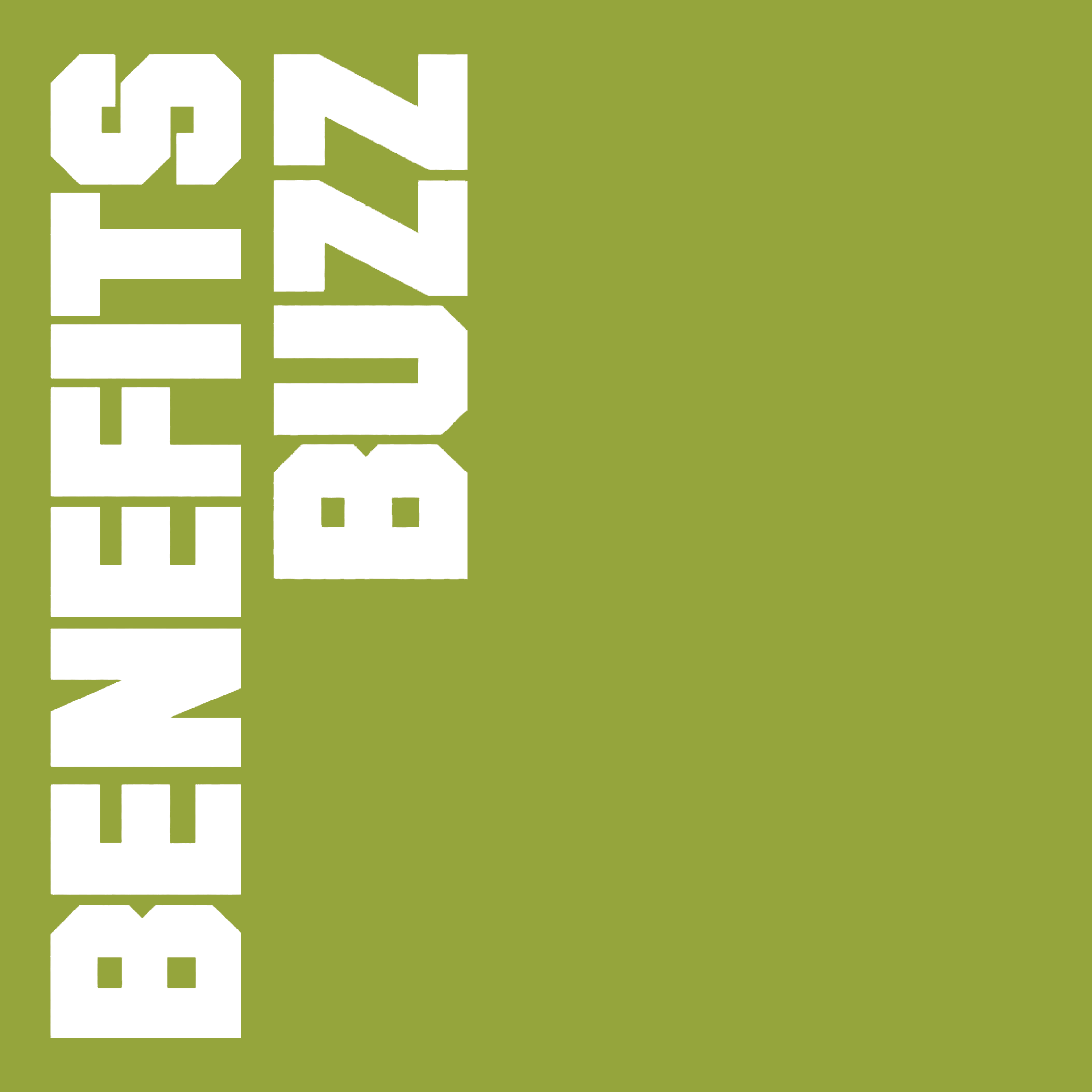
This month’s Benefits Buzz examines the annual Kaiser health benefits survey and provides tips for enticing millennial workers with voluntary benefits.
Download the full version of this Benefits Buzz
Summary of the 2019 Employer Health Benefits Annual Survey
Each year, the Kaiser Family Foundation and the Health Research & Educational Trust conduct a survey to examine employer-sponsored health benefit trends. This article summarizes some of its main points. Request a full summary from Seubert & Associates, Inc. for more details.
Plan Enrollment Trends
- Preferred provider organizations (PPOs)—44% of workers covered
- HDHP/SOs—30% of workers covered
- Health maintenance organizations (HMOs)—19% of workers covered
- Point-of-service (POS) plans—7% of workers covered
Health Insurance Premiums
The average premium rose 4% for single coverage and 5% for family coverage—around $7,188 and $20,576 respectively.
Worker Contributions
In dollar amounts, workers contributed $1,242 and $6,015 toward their premiums for single coverage and family coverage, respectively.
Self-funding
Similar to the previous year, 17% of workers with small employers are elected in plans either partially or entirely self-funded, compared to 80% of workers with large employers.
Contact us for more information on benefit offerings or to learn what you can do to control your health care costs.
Using Voluntary Benefits to Entice Millennial Talent
Millennials consistently cite elements like work-life balance and benefits packages as huge factors when considering employers. Salary, it seems, comes secondary in many cases.
You can capitalize on this market shift by offering more imaginative and comprehensive perks to reel in millennial talent. A good place to start is with voluntary benefits.
Here are some voluntary benefits to consider:
- Pet insurance
- Student loan repayment
- Identity theft insurance
- Elder care
- On-site daycare
Offering even a few voluntary perks can signal to millennials that you’re taking their wants seriously and get them through the door.

IRS Releases Employee Benefit Plan Limits for 2025
Employee benefits often come with annual dollar limits that are adjusted for inflation each year,

Wrapping Up 2024: Our Top Blog Posts of the Year
As 2024 ends, we’re highlighting the year’s top blog posts on renewal strategies, construction risks,

More States Preparing for Pay Transparency Rules in 2025
States have been adding pay transparency requirements since 2021. Most recently, Maryland’s Wage Range Transparency Act took

.jpg)